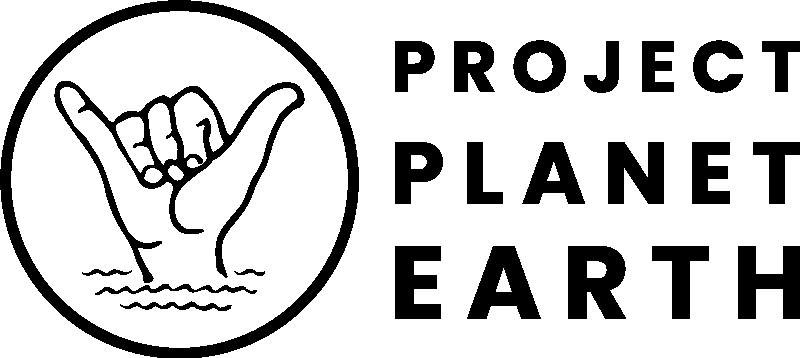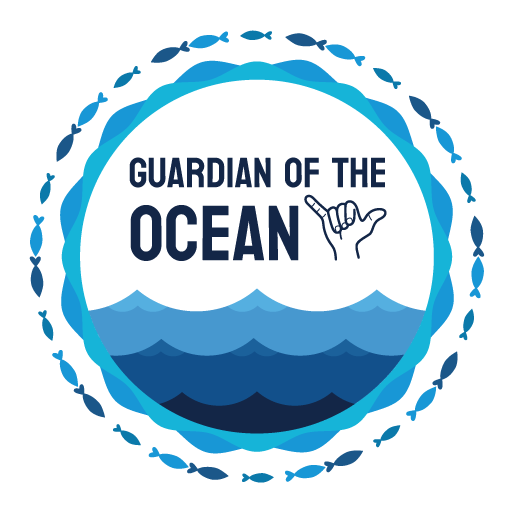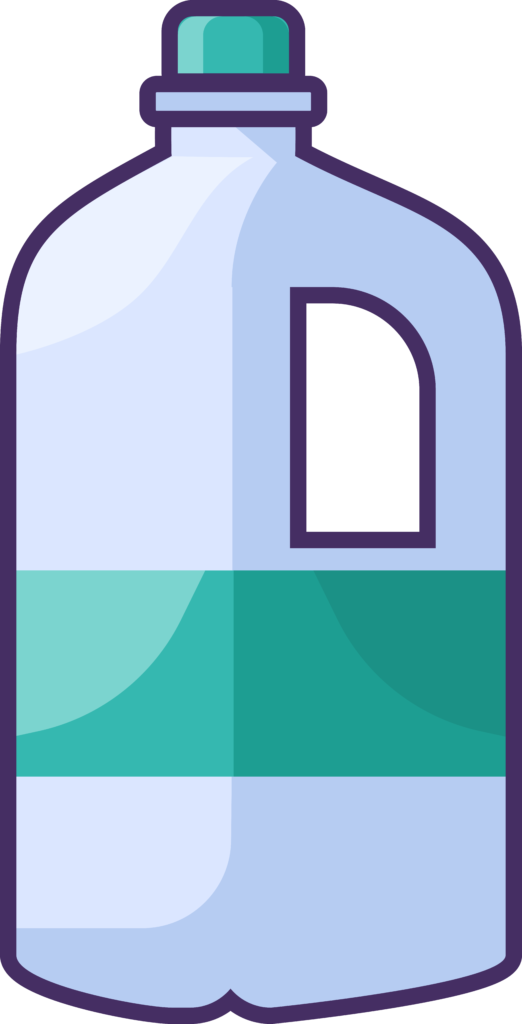Here are some tips for recycling plastic:
- Check your local recycling guidelines: Recycling programs vary by location, so it’s important to check what types of plastic are accepted in your area. Look for information on your city or county’s website, or contact your local recycling center to find out which types of plastic are accepted.
- Look for the recycling symbol: The recycling symbol, which features three arrows in a triangle, is often found on plastic products. However, this symbol doesn’t necessarily mean the item is recyclable in your area. Look for a number within the symbol, which indicates the type of plastic. Not all types of plastic can be recycled, so it’s important to check your local guidelines.
- Clean and prepare your plastic: Before recycling plastic, it’s important to clean and prepare it properly. Rinse out containers and remove any food or debris. Remove caps and lids, as these may be made from a different type of plastic.
- Avoid contaminating the recycling stream: Contaminants, such as non-recyclable plastics, can damage recycling equipment and lower the value of the recycling stream. Avoid recycling items that are not accepted in your area, such as plastic bags or Styrofoam.
- Reduce your plastic use: While recycling is important, reducing your use of plastic is even better. Look for ways to reduce your plastic consumption, such as bringing reusable bags and containers to the grocery store, and choosing products with less packaging.
By following these tips, you can help to reduce plastic waste and conserve resources. Remember, recycling is just one part of a larger effort to create a more sustainable future.
Here is a general guide on which plastics are typically recyclable and which are not:
Recyclable plastics:
- PET (Polyethylene terephthalate) – used for plastic bottles and food packaging.
- HDPE (High-density polyethylene) – used for milk jugs, juice bottles, and other household containers.
- PVC (Polyvinyl chloride) – used for pipes, window frames, and some food packaging.
- LDPE (Low-density polyethylene) – used for plastic bags, shrink wrap, and some food packaging.
- PP (Polypropylene) – used for yogurt containers, bottle caps, and some food packaging.
Non-recyclable plastics:
- PS (Polystyrene) – used for foam cups, take-out containers, and packaging peanuts.
- PC (Polycarbonate) – used for some water bottles and food containers.
- PLA (Polylactic acid) – a biodegradable plastic used for some food packaging and utensils.
- PVC with phthalates – used for some children’s toys and some medical equipment.
- Any plastic that has been contaminated with food, grease, or other substances that cannot be easily cleaned.
it’s important to note that different recycling programs may accept different types of plastics, and there may be regional variations in what can be recycled. To ensure that you are recycling correctly, check with your local recycling program or waste management facility to determine which types of plastics they accept.
- Only 9% of all plastic waste ever produced has been recycled. The vast majority of plastic waste ends up in landfills or the environment, including the oceans.
- Plastic pollution has been found in every corner of the oceans, from the Arctic to the Antarctic, and from the surface to the seafloor.
- Plastic pollution can take hundreds of years to decompose, and even then, it breaks down into smaller and smaller pieces, creating microplastics that can be harmful to marine wildlife and humans.
- Marine animals, such as sea turtles, seabirds, and marine mammals, are at risk of ingesting plastic waste, which can lead to injury, starvation, and death.
- Fishing gear, such as nets and lines, is responsible for a significant amount of plastic pollution in the oceans. Abandoned gear, known as ghost gear, can continue to entangle and kill marine wildlife for years.
- Plastic pollution in the oceans has been estimated to cause up to $13 billion in damage to the global economy each year, including lost revenue from fisheries and tourism.
- Plastic waste can also impact human health, as plastic can leach harmful chemicals into the environment, and can enter the human food chain through contaminated seafood.
- Plastic pollution is a global problem that requires a coordinated effort from governments, businesses, and individuals to address. Some countries have implemented policies, such as plastic bag bans, to reduce plastic waste.
- The amount of plastic waste in the oceans is expected to triple by 2040, unless significant action is taken to reduce plastic production, increase recycling rates, and prevent plastic waste from entering the environment.
- Some companies are investing in innovative solutions to address plastic pollution, such as developing biodegradable plastics and creating closed-loop recycling systems.



